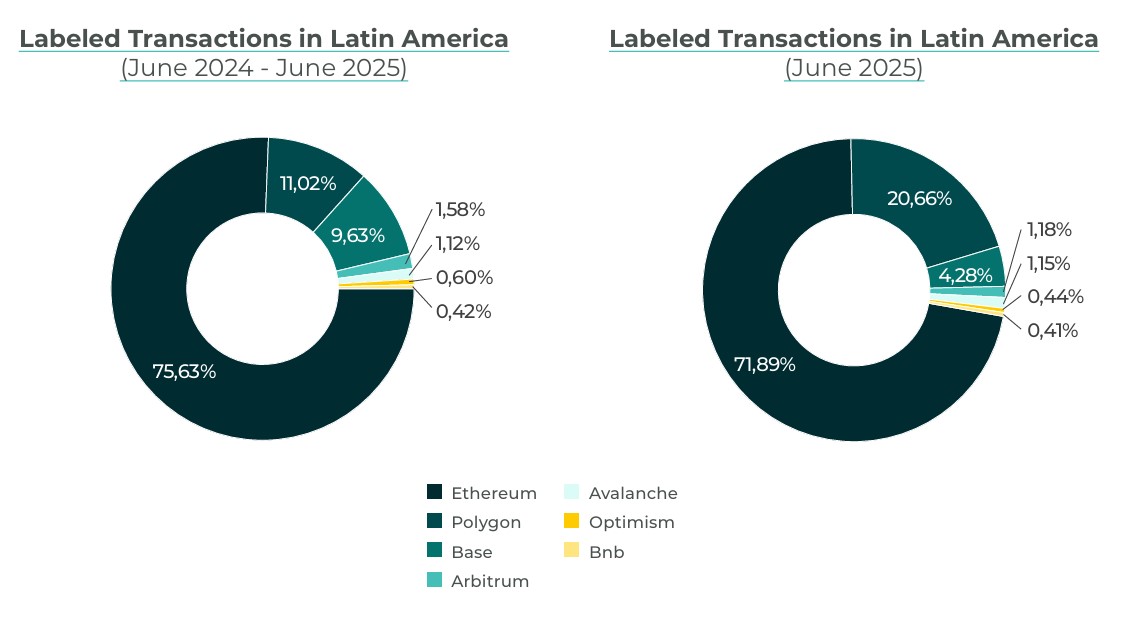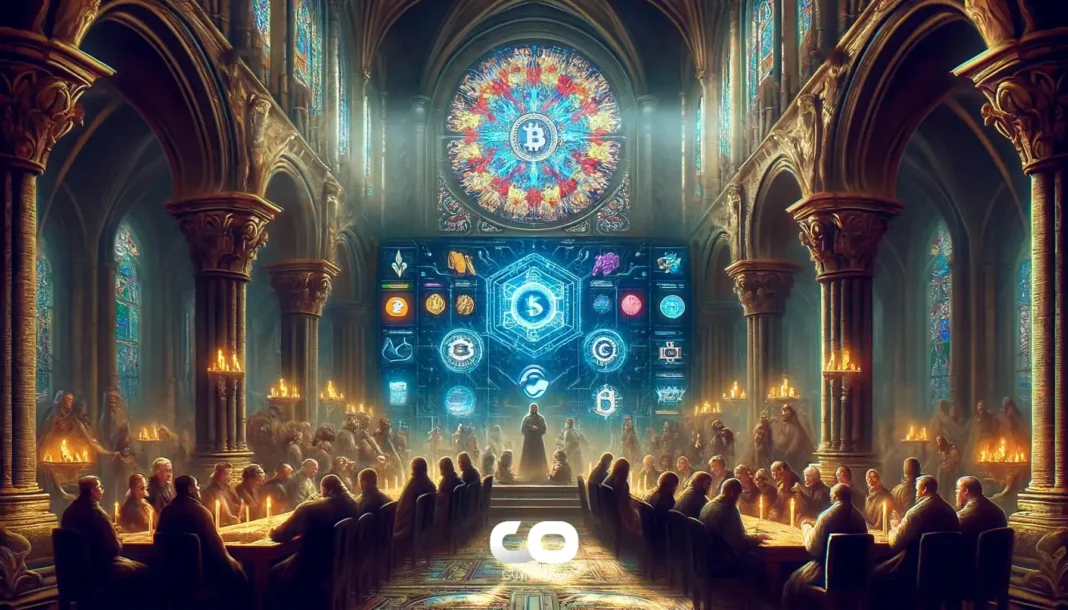Latin American blockchain developers are increasingly building inside established ecosystems — particularly Ethereum and Polygon — prioritizing transparency, strong tooling, and proven documentation. On-chain analysis shows Ethereum captured over 75% of tagged wallet activity June 2024–June 2025, signaling regional preference for mature networks.
-
Ethereum dominates developer and wallet activity in Latin America
-
Polygon shows growing adoption, rising to ~20% activity in June 2025
-
Regional devs prioritize transparency, compliance, and intuitive developer tools (Sherlock Communications)
Latin American blockchain developers favor Ethereum and Polygon; read on-chain stats, trends, and next-gen priorities—insights and actions for builders.
Researcher Luiz Eduardo Abreu Hadad told Cointelegraph that while developers are drawn to established ecosystems, Latin America still has capacity to create new platforms and national infrastructure projects.
Publication date: 2025-09-10 | Updated: 2025-09-10 | Author: COINOTAG
What is driving Latin American blockchain developers toward established networks?
Latin American blockchain developers are choosing established networks because they deliver robust documentation, mature tooling, and clearer compliance pathways. Developers in Bolivia, Mexico, Brazil and Peru reported that predictability and community support reduce development overhead and speed deployment.
How much activity does Ethereum capture in the region?
On-chain analysis of 697,000 transactions tagged to Latin American wallets shows Ethereum accounted for more than 75% of activity between June 2024 and June 2025. Polygon represented roughly 11% overall, with activity near 20% in June 2025, indicating rising adoption momentum.

Ethereum dominates the Latin American region in terms of developer and user interest. Source: Sherlock Communications
Why do developers still consider building new local infrastructures?
Regional initiatives such as national blockchain infrastructures and tokenization projects demonstrate local capacity for innovation. Examples cited in research include Núclea Chain and RBB in Brazil, which aim to serve domestic use cases and regulatory requirements.
What are the next-generation developer priorities?
Newer entrants—students and hackathon participants—are focusing on decentralized applications (DApps), real-world asset (RWA) tokenization, DePIN, and supply chain traceability. They favor stable ecosystems, intuitive SDKs, and sustainable incentive models that solve practical trust and transparency issues.
Frequently Asked Questions
How do Latin American developers choose between Ethereum and Polygon?
Developers weigh documentation quality, gas costs, tooling, and ecosystem integrations. Ethereum is preferred for broad compatibility and liquidity; Polygon is chosen for lower fees and growing local adoption, especially when rapid transactions or lower costs are priorities.
Are there successful local blockchain initiatives in Latin America?
Yes. Projects such as Núclea Chain and RBB in Brazil illustrate local infrastructure efforts, while tokenization pilots across the region show the potential for homegrown platforms addressing national needs.
Key Takeaways
- Market preference: Ethereum leads regional developer and wallet activity, followed by Polygon.
- Developer priorities: Transparency, coordination, documentation, and compliance guide choices.
- Opportunity: Local infrastructures and tokenization projects show potential for new ecosystems and national use cases.
Conclusion
Latin American blockchain developers are largely building within established ecosystems, with Ethereum and Polygon capturing most activity due to technical maturity and tooling. At the same time, national projects and tokenization pilots signal the region’s ability to spawn new platforms. Watch for DApps and RWAs to shape the next wave of regional innovation.





